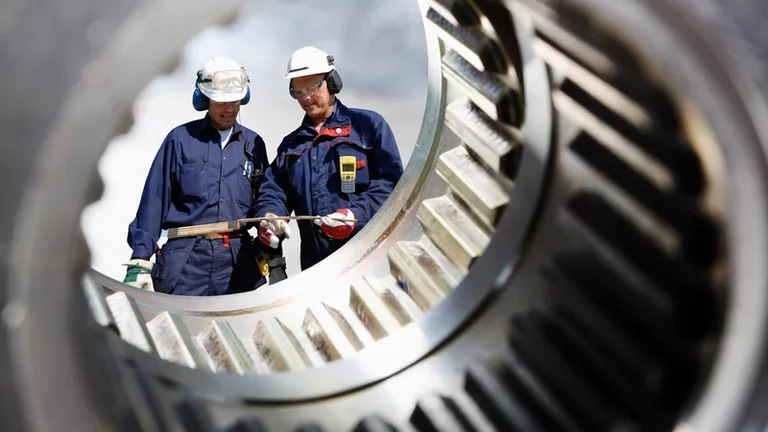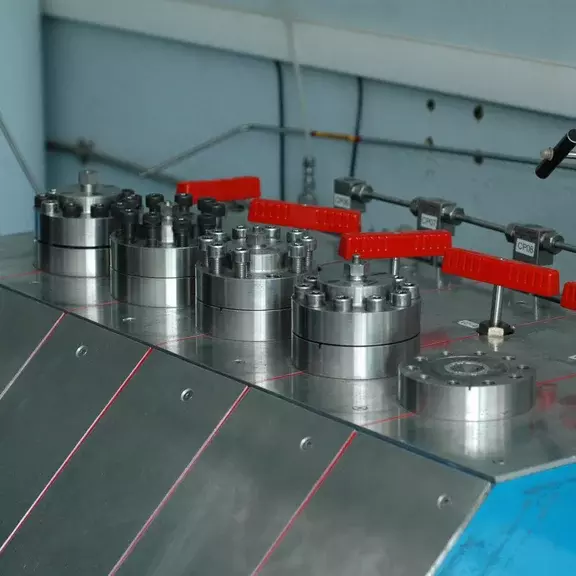Metallic materials
Hydrogen compatibility testing of metallic materials is essential to understand and prevent the impact of hydrogen embrittlement.
Air Liquide CTE carries out these tests in accordance with standard NF EN ISO 11114-4 (method A, disk tests).
What effect does hydrogen have on metallic materials?
Hydrogen can weaken metals and alloys and cause leaks or sudden ruptures in equipment.
- The diffusion of hydrogen leads to a decrease in the ductility of the material.
- This can lead to cracking of the material and impact the integrity of the component or structure.
Hence the need to carry out hydrogen compatibility tests to assess the sensitivity of metallic materials.
What does the hydrogen compatibility test involve?
What is the principle of this test? The hydrogen burst pressure is compared with the inert gas burst pressure.
- A sample machined into a disc is subjected to an increase in hydrogen pressure.
- Pressure is applied until the part bursts or cracks.
- The same test is carried out with a helium pressure, which is chosen as the reference gas.
How is the embrittling effect of hydrogen evaluated? The ratio of the helium burst pressure to the hydrogen burst pressure indicates the sensitivity of the material to hydrogen embrittlement.
Our failure analysis activities
Oxygen failures, mechanical failures, lifetime of methane steam reformer tubes, etc.
Contact CTE
AIR LIQUIDE Global E&C Solutions France - CTE
Campus Innovation Paris 1
Chemin de la Porte des Loges
78350 LES LOGES EN JOSAS
01 39 07 62 62

